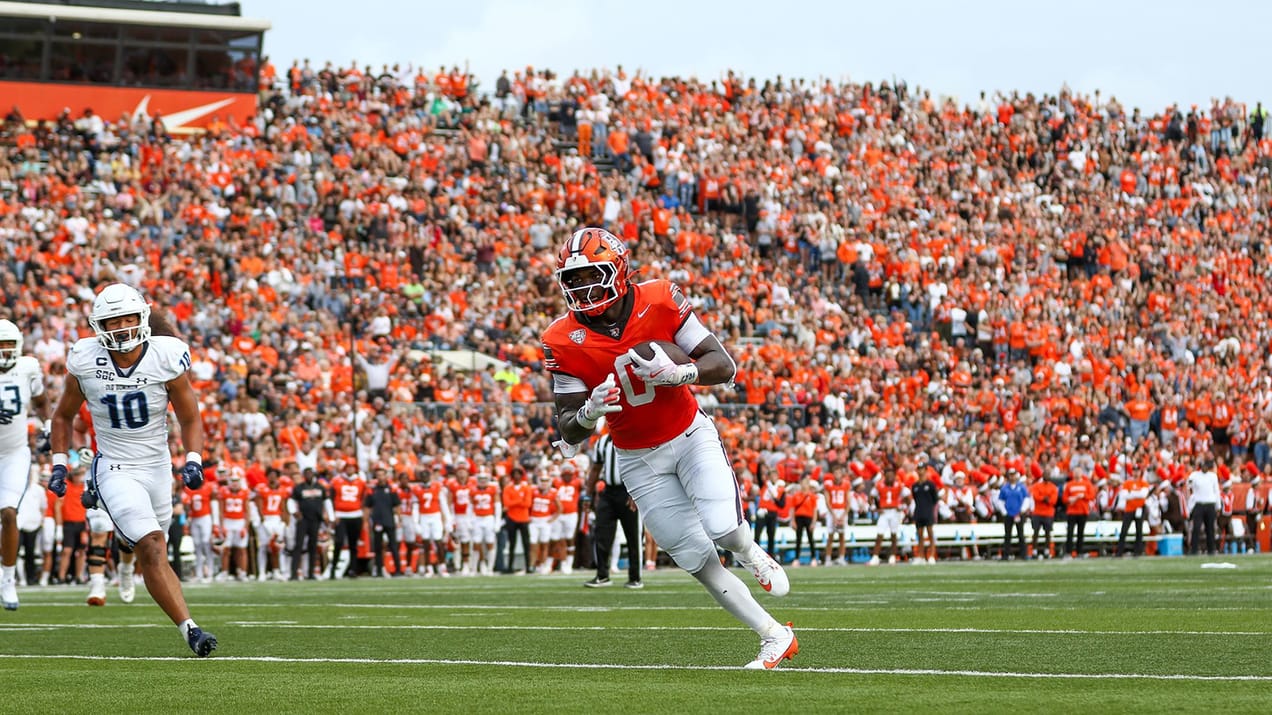
Way Too Early Best Ball Draft Strategy
The day was Monday, January 29th. With the Conference Championship games completed, my playoff best ball dreams all but dashed, and only the Super Bowl remaining as the final slate of the season... I was ready for a little bit of a break from the grind of the NFL. I had drafted just under 2,000 teams between season long and playoff best ball formats. I was as close to burnt out as a football fanatic could get. Thankfully, I knew I had at least a couple of weeks until Underdog released the Big Board. I opened up a good book to finally do some non-football-related reading.
The Big Board is LIVE 🏈
— Underdog Drafts (@UnderdogDrafts) January 29, 2024
$10 to Enter
$2M in Prizes
$200k to 1st Place pic.twitter.com/GpumvvlHeV
Oh, come on! You've got to be kidding me! We're drafting in January now?
Apparently so.
I knew upon seeing the Big Board release that I needed to roll up my sleeves and get to work. So I started writing this strategy primer for pre-NFL draft best ball tournaments.
Roster Construction
We'll start with a macro concept that you'll be familiar with if you've read some of my previous work: roster constructions that maximize the number of unique starting lineups we can field.
At the risk of sounding like a broken record, I'll very briefly rehash why we care about the unique number of starting lineups our roster construction can field.
Consider a DFS tournament where you pay one flat fee for the right to participate in the tournament, but you're then allowed to enter as many lineups as you want. How many lineups would you enter? As many as you could, of course!
In this context, though not all of our lineups are created equal, the relative strength of our 10,000th lineup is much weaker than, say, our 500th lineup.
To provide a better frame of reference for the relative strength of these lineups, we'll think of them as hypothetical DFS lineups; our 500th lineup is a well-projected lineup that uses all $50,000 of the available salary cap. Our 10,000th lineup projects fairly poorly and only uses $45,000 of the available salary cap. Do you feel particularly confident that your 10,000th-best lineup will take down a tournament? Absolutely not. But if I let you play that lineup for free with no opportunity cost, would you? You'd be crazy not to.
Here's a good way to frame how we can utilize this information to make better decisions: "Given a similar range of outcomes for fantasy production between two players of different positions, select the player that would maximize the number of unique lineups you can field."
I'm not saying to select worse players purely for the sake of tacking on a few thousand extra low-value lineups, but if you don't have a strong preference between two players, use roster construction as your tiebreaker.
Underdog's pre-NFL draft tournaments have 20 rounds, which alters our roster construction preferences from their more typical 18-round format. Our opponents often use the extra rounds as an excuse to draft additional QBs or TEs. In this section, we'll explore the best allocation of those extra rounds.


